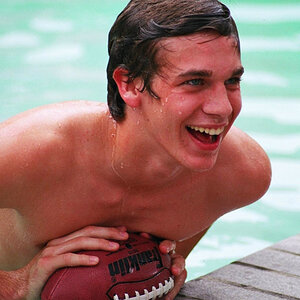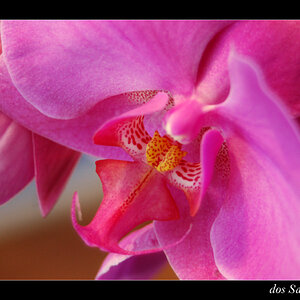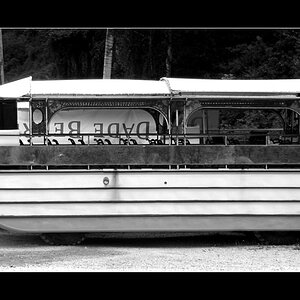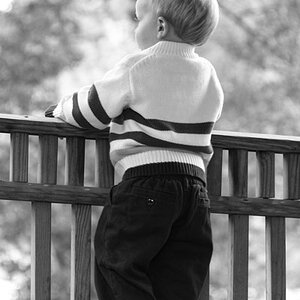Mark.
TPF Noob!
- Joined
- Aug 31, 2015
- Messages
- 53
- Reaction score
- 14
- Can others edit my Photos
- Photos OK to edit
There are comparisons online about these 2 entry level DSLR's but i hope to get more accurate info for my camera needs on here
Both cost about the same and both come with 18-55mm lenses.
I wouldnt say photography was a big hobby for me but i would like a good-ish camera to use regardless, I bought my mum a Canon SX700 HS for her christmas and ive found myself using it alot and figuring out the settings on manual. So far ive had decent results but im still learning and would like a camera thats a little bit better
As far as my photography goes i would say im more of an opportunist type, i dont take photos for photography puposes (if that makes sense haha) I just see something nice and i like to take a photo, usually nice landscapes, cars, animals, night sky etc. I wont be buying any external flashes or other lighting equipment, il maybe get another lense and a sturdy tripod at most.
I dont care about wifi, gps, touch screen features etc, im only concerned with image quality, i would even take suggestions for used, older cameras in the same price bracket (about £250 with lense)
and equal image quality
I dont want this to end up as a nikon vs canon thing either but these are the 2 brands im most familiar with, slightly swayed towards canon only from using previous compact models though.
Hope someone can help
Thanks
Both cost about the same and both come with 18-55mm lenses.
I wouldnt say photography was a big hobby for me but i would like a good-ish camera to use regardless, I bought my mum a Canon SX700 HS for her christmas and ive found myself using it alot and figuring out the settings on manual. So far ive had decent results but im still learning and would like a camera thats a little bit better
As far as my photography goes i would say im more of an opportunist type, i dont take photos for photography puposes (if that makes sense haha) I just see something nice and i like to take a photo, usually nice landscapes, cars, animals, night sky etc. I wont be buying any external flashes or other lighting equipment, il maybe get another lense and a sturdy tripod at most.
I dont care about wifi, gps, touch screen features etc, im only concerned with image quality, i would even take suggestions for used, older cameras in the same price bracket (about £250 with lense)
and equal image quality
I dont want this to end up as a nikon vs canon thing either but these are the 2 brands im most familiar with, slightly swayed towards canon only from using previous compact models though.
Hope someone can help
Thanks


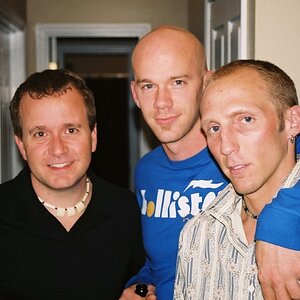
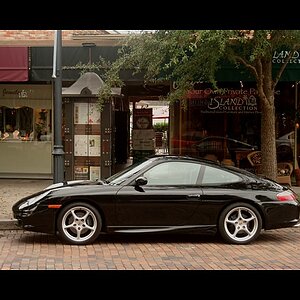
![[No title]](/data/xfmg/thumbnail/42/42462-2adb6efc01a19638fca25cd3000f5575.jpg?1619740192)
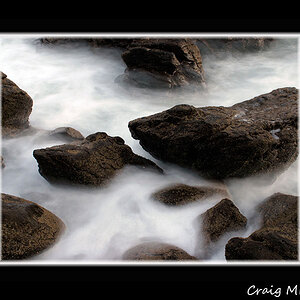
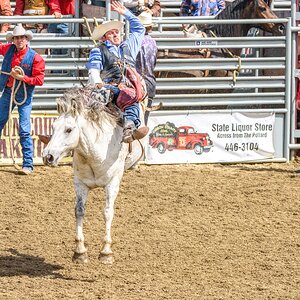

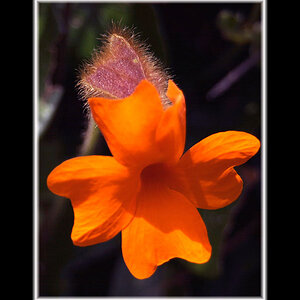
![[No title]](/data/xfmg/thumbnail/37/37120-1d477daab99b292a0c740b50f1c96d53.jpg?1619737883)
